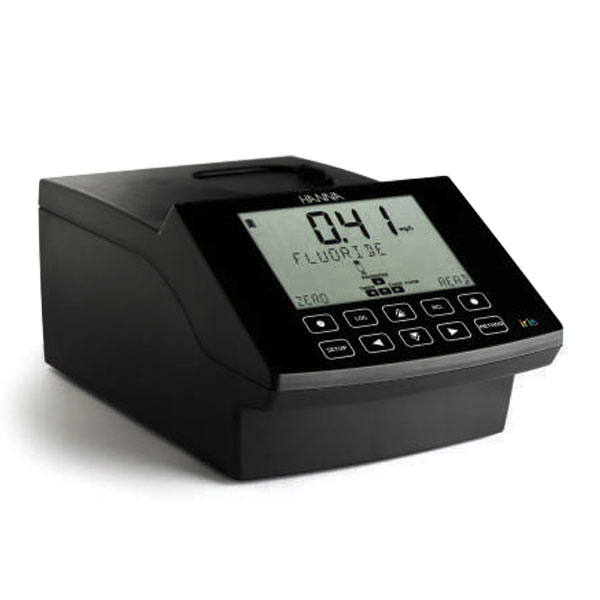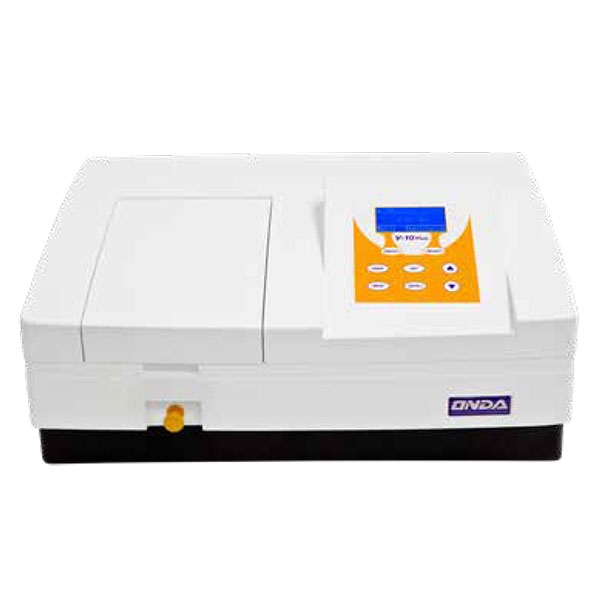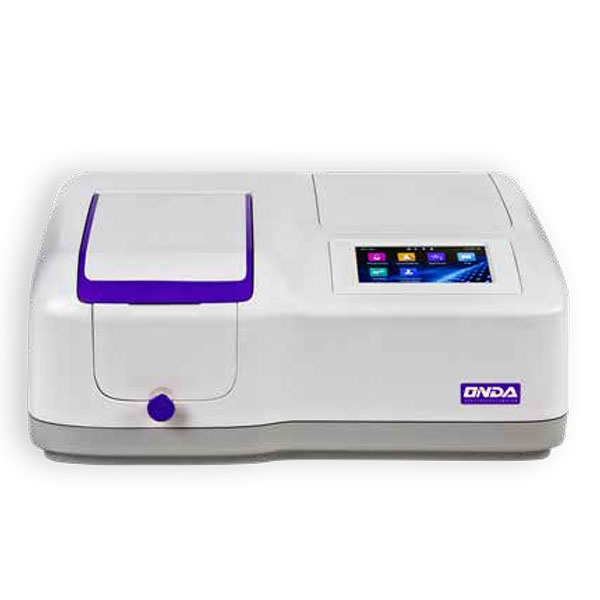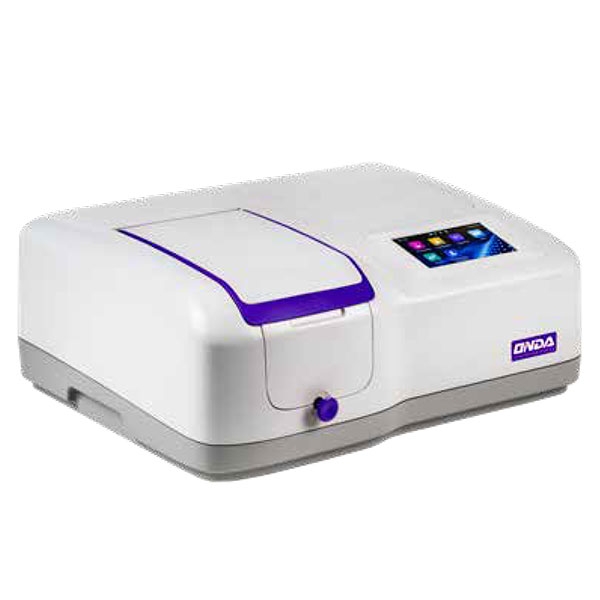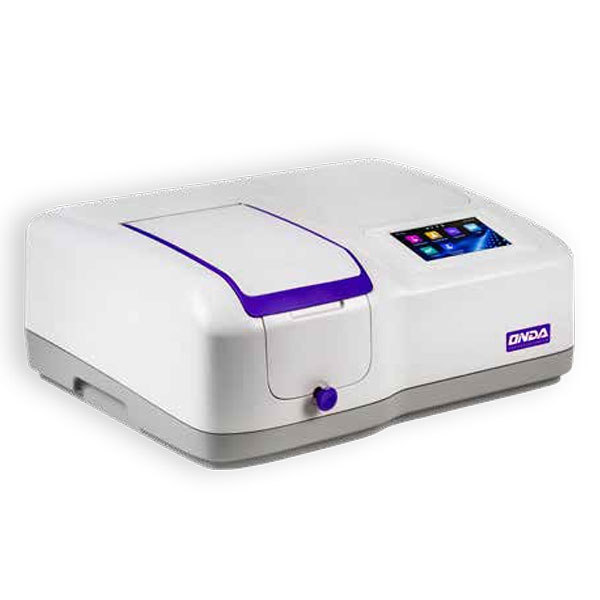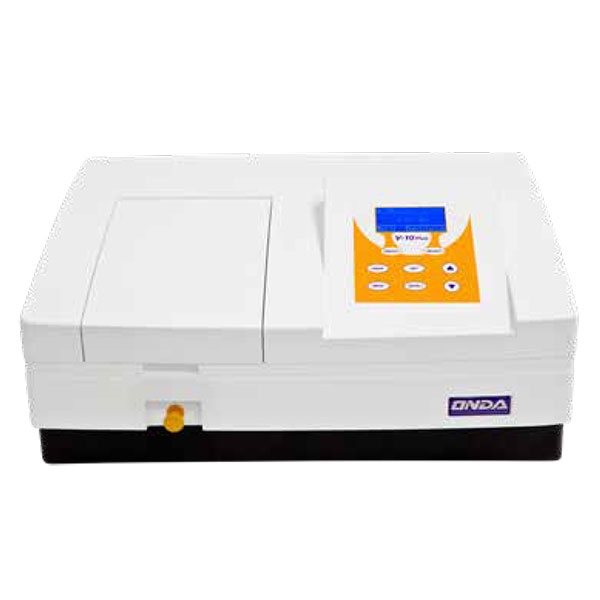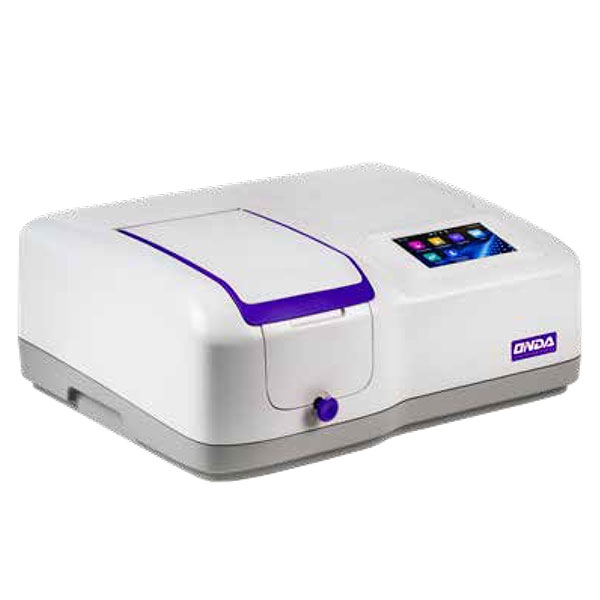Spectrophotometers are devices that measure electromagnetic spectra in the field of visible light, from near ultraviolet to near infrared.
These devices measure light intensity and are distinguished by the wavelength ranges in which they work.
UV and infrared spectrophotometer
One of the main uses of spectrophotometers is the measurement of light absorption.
The most commonly used models of spectrophotometer in the laboratory are the 'monitoring' and the 'double beam' models.
Monorage
Monorage systems are used for quantitative analysis.
Double Beam Spectrophotometers
Equipment such as the double-beam spectrophotometer is very useful in qualitative analysis.
Each type of analysis has its own instrument that is best suited for this purpose.
In the chemical analysis laboratory, the UV-visible double-beam spectrophotometer is used for many quantitative analyses.
IR spectrophotometers enable numerous qualitative and quantitative investigations in the
organic field.
Other systems are used me for different types of analysis.
Let us now look in more detail at the nature of this indispensable instrument in the laboratory.
Spectrophotometers: What are they and what are they used for?
Spectrophotometers are devices used to measure the visible light spectrum. In particular, the electromagnetic spectra of the visible light field are measured. Each spectrophotometer, as already mentioned, ranges in its operation from measuring ultraviolet to infrared light. In short, all fringes of the spectrum are measured in a very precise manner. It is precisely on this that the quality of future work carried out by the laboratory operator involved in the measurement depends.
The spectrophotometer, in particular, measures the light intensity of each individual visible light spectrum and thus distinguishes the various light waves by establishing their length ranges. In this way, the instrument in question is able to present the observer with a complete analysis of light.
Functioning
The operation of spectrophotometers is by no means as complicated as one might believe at first glance. Far from it: it is an easy-to-use instrument.
First of all, to perform a qualitative or quantitative analysis, you need a light source. The emitted electromagnetic waves are analysed according to the electromagnetic spectrum. The operation of this instrument is based on the ability of light to be absorbed in a wide range of particularly different frequencies. This is also why it can be used to perform the analysis of biological or chemical substances.
The light generated by the source is filtered in a monochromator. The latter is generally only able to pass one wavelength. In this way, the wavelength of the light can be confirmed. The light ray passing through the analysed sample will only be absorbed in a small part of it. Therefore, the transmitted and incident ray will have different wavelengths. The ray to be analysed will therefore end up in a detector whose task will be to assess the intensity of the incoming radiation.
This instrument will evaluate a parameter called Absorbance: A= log (I0/I1), which in turn follows the dictates of Lambert and Beer's law.
What does it measure?
.
As mentioned earlier, this instrument is used to measure wavelengths at a time, but also takes individual absorbance readings on a single wavelength. Of course, there are also dual-beam spectrophotometers. These include no less than two housings, one for the blank cuvette and one for the sample cuvette. In addition, there are diode spectrophotometers capable of taking a series of readings of the various main sample absorbances within a certain wavelength range in just a few seconds. In the latter case, an absorption spectrum of a specific substance is obtained. In the chemical laboratory, the most widely used is the double-beam UV-visible spectrophotometer, as it is well suited to a wide range of quantitative analyses. On the other hand, the IR spectrophotometer helps to perform various quantitative and qualitative analyses in the organic field.
Price
The price of this instrument varies enormously depending on several factors: the number of cuvettes that can be inserted, the model, the brand of manufacture, the size, the accuracy of the measurements and so on.
There are many different spectrophotometers on the market. This makes it extremely difficult to establish a single price value for this type of product.
Useful links
Spectrophotometers



